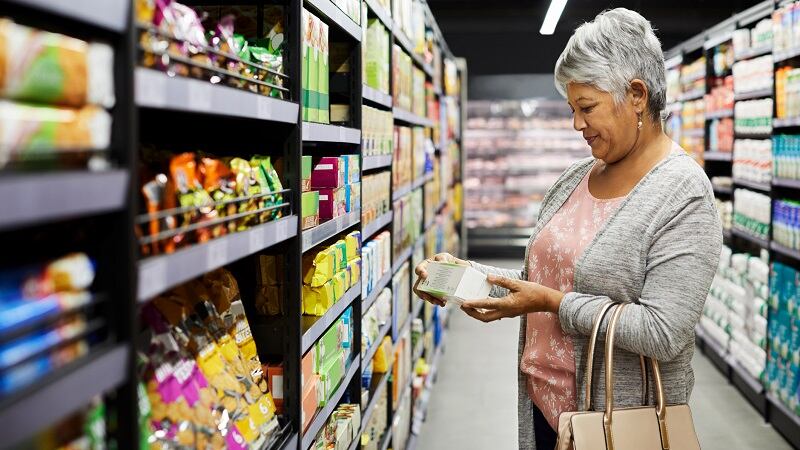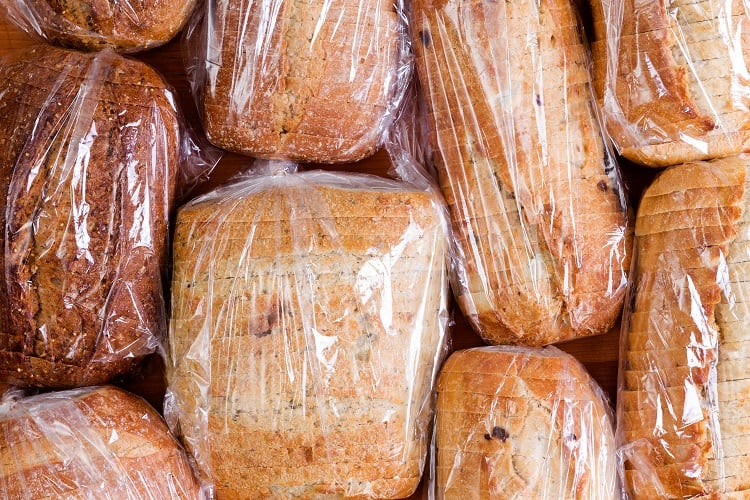In the webinar, Zegler broke down the trends to watch for in 2024 into four distinct categories, including Trust the Process; Climate Changes, Comfort Endures; Age Reframed; and Eating, Optimized. In each category, CPG companies have responded to the challenge with new product innovations to meet the growing trend.
While price and value are top of consumers' minds today, Mintel left them off the 2024 trend list because they are less a trend to watch and more of a concern embedded in the shopping experience now, she added.
“We know that value is incredibly important to consumers right now. And so much so that we felt that it wasn't necessarily a trend all its own for 2024. It really is something that is built into every one of these trends, and quite honestly for many people, especially in the US and Canada where we're dealing with high rates of inflation [and] high food and drink prices. This is something that is an everyday necessity.”
1. Trust the process means boosting processed food transparency
As the debate around processed and ultra-processed foods continues, consumers are asking more questions about processed foods and their health, which is the top trend Mintel is watching, Zegler said.
Only 34% of US adults say highly processed is the top concern, excluding price and taste, when purchasing food and drinks, according to a July 2022 survey of 2,000 US consumers, she shared. Increasingly, consumers are asking questions about processed foods, and CPG companies have an opportunity to educate consumers on the role of processed foods and innovate around less processed products, she added.
"There's a need for clear communication to help consumers make informed decisions about how processed and ultra-processed food and drink fit into their diets. Processed food isn't necessarily something we can avoid. Almost every single thing in the grocery store is processed somehow. You pick an apple off of a tree that can technically be considered processing, so it's not necessarily something that's all bad or entirely avoidable. It's really just giving consumers that clarity and helping them make the decisions for what fits into their diets."
CPG brands are responding to consumer concern about processed foods by focusing on the health attributes of their products. Lean + Cuisine rebranded its balanced bowls to tap into the better-for-you trend by highlighting its protein and vegetable content.
Additionally, companies are tapping into the upcycled food and beverage trends and releasing products like Wisely Tofu Scramble, created with a byproduct from the tofu-making process called okara, Zegler said.
"If consumers are really focused on natural nutrition from recognizable ingredients, then upcycled ingredients have a huge opportunity in the next two to five years. We could be using more bruised fruit, which is something that Dole is doing with their Good Crunch line of fruit snacks."
2. Climate change becomes a major consumer concern, but can comfort be the solution?
Consumers also increasingly are worried about the climate change crisis, but given the magnitude of that challenge, they might retreat into familiar product categories, Zegler said.
“In 2024, and more than likely in the years ahead, consumers are probably going to be overwhelmed by the worsening climate crisis. And they're going to expect that food and drink companies are maintaining their sustainability efforts. But when it comes to what they're buying, this might be such a big problem, so overwhelming, that they may still be looking for the comfort and joy and pleasure. Much like we saw them looking for products in 2020 and 2021.”
While consumers are still more motivated by taste and price, sustainability can be “a tiebreaker,” which makes those foods more permissible from an environmental standpoint, she explained. Examples of how this is playing out include Kettle Brand reducing the material in its packaging, and Oreo communicating on its packaging that its cocoa is sustainably sourced.
"There's a lot of different claims we could be helping consumers understand, but this is really about giving them the cost and the taste, while also getting the benefits of that sustainability without necessarily having to make a different choice," Zegler said. "We're really going to help consumers make these choices that give them that little bit of reassurance at such a tough time about such a big issue that we're not quite sure if our individual actions might really have an impact."
3. Age reframed: Consumer open up about their health, including menopause
Consumers are looking for products to support healthy aging, which is the third trend on Mintel's list, Zegler shared. Gen Xers are leading this trend, with 70% of them acknowledging that their body doesn't work as well as it used to, according to a March 2023 Mintel survey of 700 US consumers between the ages of 44-58.
Top of those health concerns for women is menopause, which was "one of those taboo topics or stigmatized topics," but now has been an area of product innovation, Zegler said. Leao Menopause Blackberry and Orange tea is a product that is designed to support women with menopause.
[Editor's note: If you are interested in learning more about the market potential of products targeting menopause and women's health, watch on demand FoodNavigator-USA's Futureproofing the Food System's panel discussion, 'Innovating for Women’s Health: An unmet need with opportunities across categories and life stages.' Registration is free and easy.]

“Right now, menopause is having a moment. [There are] a lot more women who are talking openly about their experiences, and they're looking for solutions," Zegler said. "It's the fact that people don't want to suffer in silence about these typical things that happen at middle age. They are wanting to talk about it. They're looking for solutions, and they just don't really want to be quiet about it anymore."
4. Eating optimized with the help of AI
Last on the list of trends, Mintel focused on AI and how it's being used to create new products, like in the case of Coca-Cola’s Y300 product, and how it can be used to save time through personalized meal recommendations or finding products more quickly.
Nearly half of US consumers (48%) said that AI will make it easier to shop for products online through chatbots and AI-optimized websites, and similarly, 47% said AI will provide time-saving tips for cooking and cleaning, according to a survey of 971 US consumers, Zegler shared.
“There could be excitement for products that are made with AI, but we also probably will cherish when maybe mom makes a meal for us, maybe our favorite meal, or maybe we have used AI to create the shopping list for the dinner we're going to make tonight. But that really means that we have the time to eat a homecooked meal and really enjoy each other's time.”



